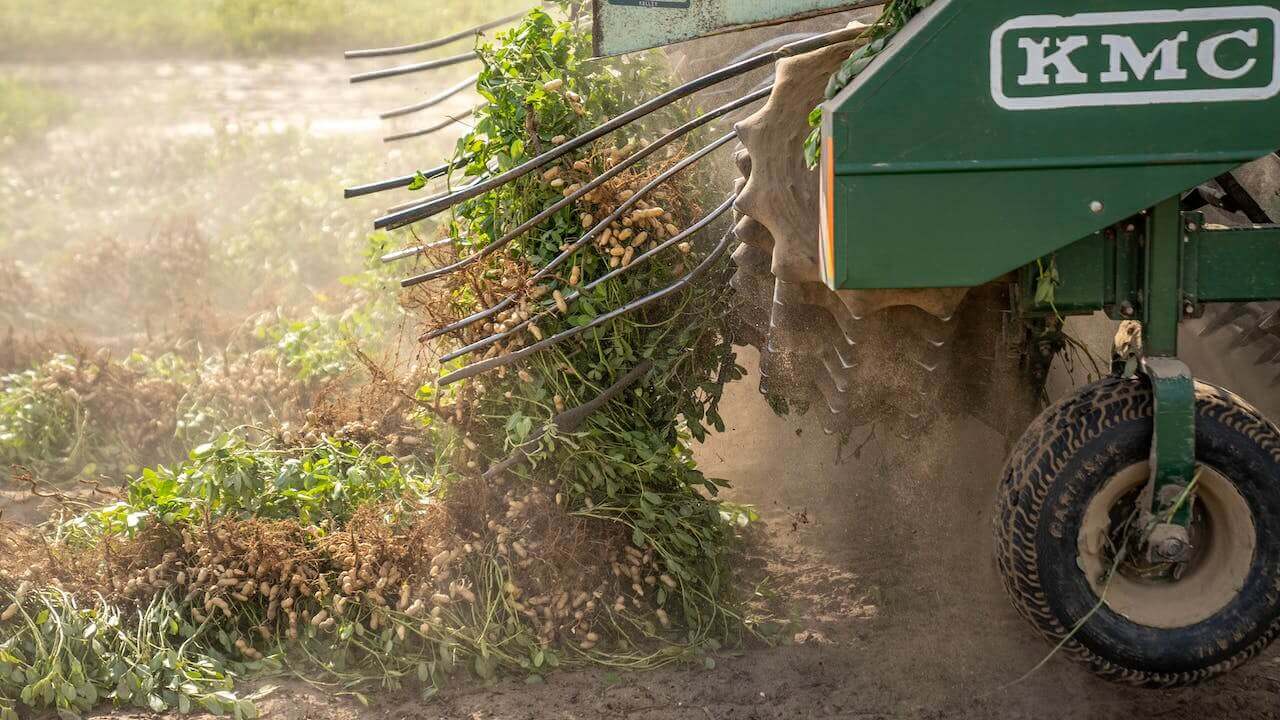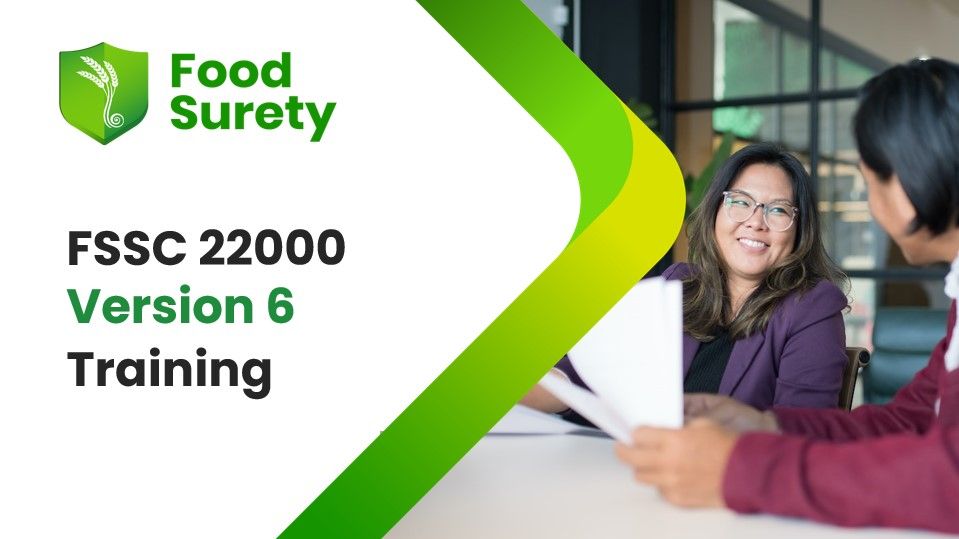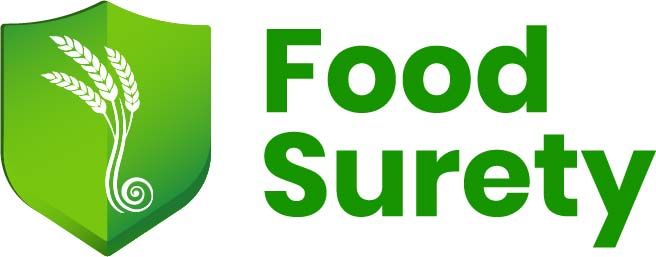In the ever-evolving landscape of food safety, the introduction of FSSC 22000 Version 6 has brought in new compliance requirements for certificated food businesses. This version 6 places a spotlight on the pressing issue of food loss and waste, not just as a financial concern but as a pivotal environmental and ethical consideration. By adopting effective strategies, food businesses can not only meet compliance standards but also play a vital role in creating a more sustainable future.
What is Food Loss and Waste:
Diving into the intricacies, it's crucial to differentiate between food loss and waste. The former occurs throughout the production chain, from harvest to distribution, while the latter unfolds at the retail and consumer levels. Inefficient planning, inadequate storage, improper handling practices, and consumer behaviors are common causes.
The Ripple Effect:
The repercussions of food loss and waste are far-reaching. They translate into economic losses, contribute to greenhouse gas emissions, and worsen global food insecurity. Tackling this issue is paramount for establishing a sustainable food system and minimising environmental impact.
FSSC 22000 V6 New Requirements, and Opportunities:
FSSC 22000 V6 has highlighted a number of requirements in V6, some of which are new to the scheme to the like of equipment management, quality control, food safety and quality culture as well as the Food Loss and Waste requirement seen in 2.5.16 of the scheme.
This new requirement expect food organisation to document a policy and objectives detailing the strategy it will implement to reduce food waste and loss not only in their organisation but also in their direct food supply chain, excluding packaging material wastage and per-harvest wastage. Also, the organisation need to manage donated, surplus and by products in a way that reduces loss and waste, support food safety and meet legal requirements.
How To Meet FSSC 22000 V6 Food Loss and Waste requirements?
To implement a sustainable strategy in addressing loss and waste, and ensuring food safety and quality control, you can focus on:6 scheme itself, it is in the relevant FSSC guidance document.
- Identify and quantify each type of food loss and waste within operations. Examples of that can relate to product design, procurement practices, receiving, inventory practices, production, packing, storage and distribution.
- Identify measures for managing food products waste and loss applied at your organisation today.
- Conduct root cause analysis to determine causes and appropriate measures to implement.
- Define a policy and objectives inline with the organisation's strategy agreed. You can have objectives for this year and others to work on over the next a few years and beyond. Your organisation's food loss and waste objectives can be influenced by relevant national, local authority, associations, or company head office relevant objectives.
- Define "SMART" actions to lower food loss and waste while maintaining rigorous food safety and food quality control and meeting legislation.
Continuous Monitoring and Adjustment:
- Regularly assess the effectiveness of implemented actions and measures in reducing wastage and loss and set objectives. It is essential to keep food safety, legality, authenticity, and food quality control in mind while doing so.
- Implement corrective corrections and corrective actions where needed.
- Make necessary adjustments as deemed suitable and required.
Keep Documented Information and discuss outcomes as part of the management review process.
- While not clearly detailed in the FSSC V6 scheme itself, it is in the relevant FSSC guidance document.

Practical Food Loss and Waste Implementation Tips:
Offering practical advice for different stages of the food production chain, focusing on reducing food loss and waste while upholding quality control parameters, food safety and legality:
- Enhance planning and forecasting to avoid surpluses in food production processes
- Implement efficient harvesting techniques to maintain any critical process, product quality and reduce food spoilage and damage.
Optimise processes to minimise waste and loss, with a keen eye on maintaining quality parameters.
Consider downgrading out-of-specification products and consider potential alternative uses by other food manufacturers.
Explore repurposing by-products into valuable ingredients while ensuring the overall quality control of the process.
Optimise transportation routes to minimize spoilage, ensuring that quality is maintained during distribution.
Optimise inventory management adhering to effective stock rotation systems considering FEFO (first-expired-first-out) and FIFO (first-in-first-out) principles.
Foster clear communication and customer education through campaigns emphasising the importance of responsible purchasing and reasonable customer expectations to reduce food waste. Encourage customers to appreciate the nutritional value of the product or raw materials that is still safe and free of food safety hazards.
Highlighting the role of technology in controlling food wastage and losses, and maintaining quality of the food produced:
- Utilise predictive analytics for demand prediction and optimising production schedules, ensuring efficient quality control and to make informed decisions.
- Implement smart packaging and sensors to monitor manufacturing processes, manage potential hazards, critical processes and parameters fluctuations in real-time.
- Incorporate automated systems for efficiency, reducing the risk of human error, maintaining critical control points and a proactive quality control system.

Collaboration and Shared Responsibility:
Emphasising the need for food industry collective efforts in controlling food waste, loss, and to ensure public health and quality across the entire food chain:
Collaborate with stakeholders across the food chain to share knowledge, resources, and best practices.
Support relevant initiatives and programmes, contributing to collective efforts in controlling food waste and loss while upholding regulatory compliance, ensure quality and product consistency .
Showcase success stories that highlight effective strategies in reducing food waste, loss, while enhancing consumer trust and brand loyalty.
Concluding on a collaborative note, addressing food loss and waste is not just a good practice; it's an essential step toward a sustainable and equitable food system. By implementing effective strategies, embracing technology, and fostering collaboration, food businesses can not only meet FSSC 22000 V6 requirements but also contribute to a positive global impact.
Together, let's build a future where every grain reaches its full potential with minimal food waste, loss, and uncompromised quality.
By staying informed and actively engaging in food loss and waste reduction initiatives that prioritise quality control, individuals and businesses alike can contribute to a more sustainable and secure food future.
Additional Resources:
FSSC 22000 V6 Guidance Document: Food Loss & Waste
United Nations Sustainable Development Goal 12.3: Reduce food waste by half
Food and Agriculture Organization (FAO): Save Food Initiative
World Food Programme: Food Loss and Waste Reduction
Q: What is food loss and food waste?
A: As defined in FSSC 22000 6:
- Food Loss occurs before the food reaches the consumer as a result of issues in the supply chain e.g. losses during harvest and food production.
- Food Waste refers to food that is fit for consumption but consciously discarded at the retail or consumption levels. e.g. left overs.
Q: Is reducing food loss and waste worth the efforts?
A: Sure, this will bring several benefits including cost savings, environmental sustainability, and contributing to global food security. FAO reported in 2018 that about 1 in 10 people are undernourished, on the other hand, about 2 billion tons of food each year are never consumed (WWF-UK 2021)
Q: Why did the FSSC Foundation add the food loss and waste requirement in FSSC 22000 V6?
A: Out of their commitment to supporting The United Nations General Assembly who has adopted a series of 17 Sustainable Development Goals (SDGs), within which, SDG 12 specifically aims to establish sustainable consumption and production patterns. SDG 12.3 specifically advocates for a significant reduction in global food waste per capita at both retail and consumer levels, alongside minimising food losses throughout production and supply chains, including post-harvest losses. This ambitious target is set to be achieved by the year 2030.
Q: What are the biggest challenges in reducing food loss and waste while maintaining quality control?
A: The main challenges include lack of awareness, fragmented supply chains, financial constraints, and the need for behavioral change. Implementing effective interventions that control food waste, loss, and maintain effective quality assurance can be costly, particularly for small businesses. Additionally, ensuring that Food quality is consistently met across the entire production and distribution chain poses a significant challenge.
Q: What are the key benefits of reducing food loss and waste for food businesses?
A: Benefits include cost savings, increased efficiency, enhanced brand reputation, meeting regulations, and maintaining rigorous quality assurance throughout the production and distribution chain. Moreover, businesses that prioritise quality standards and continuous improvement often experience improved customer satisfaction and brand loyalty.
Q: What resources are available to help businesses implement food loss and waste reduction strategies?
A: Several resources are available, including FSSC 22000 V6 guidance documents, industry associations, government initiatives, NGOs, research institutions, and online platforms that provide expertise and tools for analysing and addressing food loss and waste issues while maintaining high-quality standards. Businesses can also benefit from quality training programs offered by reputable training providers.
Q: What are the future trends in food loss and waste reduction, particularly in the context of quality control process?
A: Future trends include increased use of technology for optimising processes and minimising losses, emphasising circular economy principles for byproduct utilisation, and empowering consumers with tools to make informed choices while maintaining a focus on quality control. Quality control will continue to be a critical aspect of food loss and waste reduction, ensuring that sustainable practices align with the highest standards of product quality and safety.
Q: What are some simple things individuals can do to reduce food waste at home while avoiding foodborne illnesses?
A: Individuals can make a significant impact by planning meals, proper storage, understanding expiry dates, cooking smaller portions, and composting food scraps—all while ensuring that quality is maintained. This includes proper handling and storage of food items to avoid unnecessary waste while preserving their quality for longer.



